Reviewed by Corey Noles
The Galaxy S25 Ultra just hit shelves with a familiar $1,299 starting price, but here's what Samsung isn't advertising: it's actually more expensive to make than last year's model. While you're paying the same amount, Samsung's eating higher manufacturing costs to stay competitive. The culprit? That shiny new Snapdragon processor that's driving up production expenses in ways you might not expect.
What you need to know:
The S25 Ultra's bill-of-materials increased by 3.4% compared to the S24 Ultra
Processor costs alone jumped by an estimated 21% year-over-year
Samsung had to spend an extra $400 million scrapping its own Exynos chips for Qualcomm silicon
Despite higher costs, Samsung kept pricing steady to compete with Apple's iPhone 16 strategy
The S25 Ultra represents a fascinating case study in how chip economics directly impact your smartphone's price tag—and reveals the manufacturing pressures that could reshape flagship pricing across the entire industry.
The Snapdragon 8 Elite price shock hits Samsung's bottom line
Here's the kicker: the Snapdragon 8 Elite for Galaxy costs Samsung roughly $166.67 per chip, representing a significant jump from previous generations. Counterpoint Research found this translates to an estimated 21% increase in processor costs alone—the single biggest driver behind the S25 Ultra's higher manufacturing expenses.
This pricing pressure cascades through Samsung's entire product strategy. By going with 100% Qualcomm chips across all S25 models instead of mixing in their own Exynos processors, Samsung handed Qualcomm an extra $2 billion in revenue. That's 12 million additional units at premium pricing, compared to the 70% Qualcomm share in the Galaxy S24 lineup.
Why the expensive choice? Samsung's own Exynos 2500 yielded only 30% in trial production—meaning seven out of ten chips were defective. This manufacturing disaster signals deeper challenges for Samsung Foundry's 3nm process competitiveness, potentially impacting the company's ambitions to compete with TSMC in the foundry business. When your own silicon fails at this scale, paying Qualcomm's premium suddenly becomes the only viable path to market.
PRO TIP: That "for Galaxy" branding isn't just marketing fluff. The custom variant runs at 4.47GHz compared to 4.32GHz on regular Snapdragon 8 Elite chips, giving Samsung users a genuine performance edge that helps justify the cost.
Where Samsung actually saved money (and why it matters)
Not everything got more expensive, though. Samsung managed to trim costs in several key areas through what appears to be a systematic supply chain optimization strategy. Camera costs dropped 8% compared to the S24 Ultra, despite upgrading the ultra-wide sensor from 12MP to 50MP.
This multi-front cost offensive reveals Samsung's sophisticated approach to managing manufacturing expenses under pressure. RF costs fell more than 10%, likely reflecting improved antenna integration that enables better 5G performance while reducing component complexity. This isn't just about savings—it's about engineering efficiency that delivers better connectivity in a more cost-effective package.
Display costs also saw single-digit percentage reductions, though this came with a strategic compromise. Samsung initially planned to upgrade the S25 Ultra to premium M14 OLED materials that would have delivered 20-30% brightness improvements, before scrapping those plans specifically for "cost reasons." The result: better value engineering that maintains display quality while preserving margins.
Casing and frame expenses dropped roughly 8% as well. That's particularly impressive given the S25 Ultra features the same titanium construction as its predecessor, plus the newer Corning Gorilla Armor 2 that Samsung claims resists fractures 29% better.
These cost reductions couldn't fully offset the processor price jump, but they kept the overall bill-of-materials increase to a manageable 3.4% rather than a potentially devastating double-digit spike.
The price strategy that's squeezing Samsung's margins
Here's where Samsung's situation gets really interesting from a business perspective. Despite facing higher manufacturing costs, the company kept pricing steady at $1,299 for the base S25 Ultra model. Industry sources suggest this decision was influenced by Apple's choice not to increase iPhone 16 pricing.
Early leaks suggested the S25 Ultra's bill-of-materials was "at least" $110 more expensive than the S24 Ultra. This pricing freeze represents a calculated gambit that Samsung's long-term market positioning is worth more than short-term profitability. The company appears to be banking on ecosystem retention, premium brand perception, and competitive pressure on Apple to eventually justify the margin squeeze.
In markets like Korea and Europe, Samsung appears to be freezing prices entirely despite the cost pressures—a strategy that makes sense when you consider the company's global market share battles with Chinese manufacturers who are also absorbing cost increases to gain territory.
This pricing freeze comes at a particularly challenging time for Samsung's mobile division. The company's Q2 operating profit fell by more than 1 trillion won (about $739 million) compared to Q1, with slower than expected Galaxy S25 sales contributing to the decline.
The brutal but simple math: higher costs plus flat pricing equals squeezed margins. Samsung's betting that maintaining market share and competitive positioning will pay off long-term, even if it means taking a short-term profit hit on every S25 Ultra sold.
What this means for the future of flagship pricing
The S25 Ultra's cost structure offers a preview of where the premium smartphone market is headed—and it's pointing toward an inevitable pricing inflection point. Snapdragon 8 Gen 4 chips are reportedly priced at $240 each—another 20% jump that will hit next year's flagships. LPDDR5X DRAM prices have already increased 5% and are expected to climb further.
Samsung's response strategy is already taking shape for this looming cost crisis. The company is working to finish Exynos 2600 design by Q3 this year, with plans to return to a dual-chip strategy for the Galaxy S26 series. Using in-house processors for some markets could help offset Qualcomm's premium pricing, assuming Samsung can solve the yield issues that sank the Exynos 2500.
The broader industry is feeling similar pressure, opening doors for supply chain disruption. MediaTek's Dimensity 9400 enjoys a significant pricing advantage over Qualcomm's offerings, which explains why last year's Dimensity 9300 generated over $1 billion in revenue for MediaTek. Samsung's cost pressures could accelerate this trend toward Qualcomm alternatives.
Let's break it down: If component costs continue climbing at this pace while manufacturers resist price increases, something has to give. Early indicators suggest 2026 could be the year flagship phones finally break through the $1,500 barrier—unless supply chain innovation or competitive pressure forces a different solution.
Don't Miss: For consumers, this means the current generation of flagships might represent the last "value" window before prices inevitably climb. If you're planning a flagship purchase, the S25 Ultra's current pricing could look like a bargain within 18 months.
The S25 Ultra's higher manufacturing costs reveal an uncomfortable truth about premium smartphones: the days of steadily increasing performance without corresponding price hikes are numbered. Samsung managed to hold the line this generation, but the estimated $110 increase in bill-of-materials costs shows how quickly chip economics can reshape the entire smartphone market. Whether Samsung can maintain this pricing strategy through the S26 generation—especially with Snapdragon costs continuing to climb—remains the billion-dollar question that will determine if flagships stay at $1,300 or finally cross into $1,500+ territory permanently.




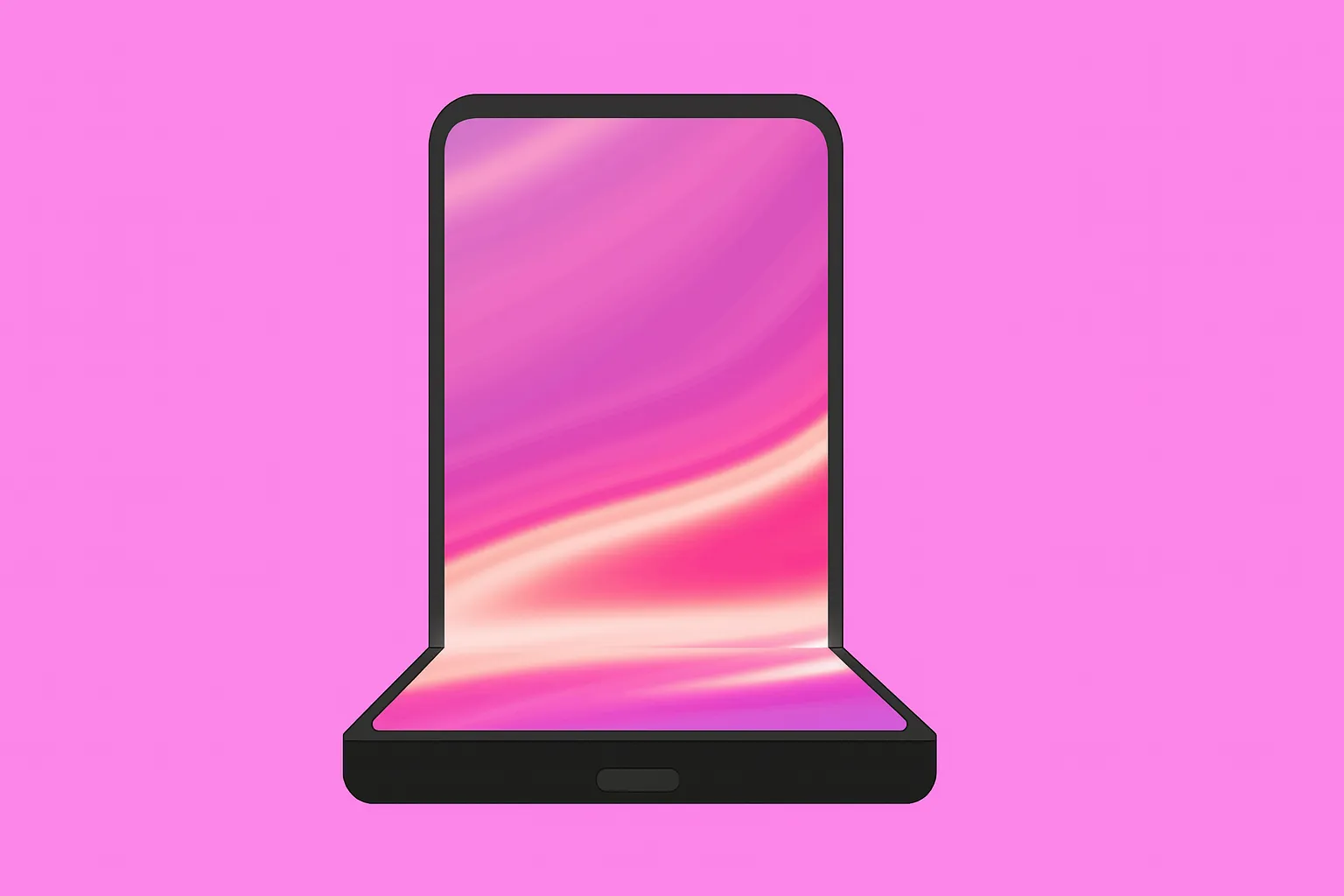
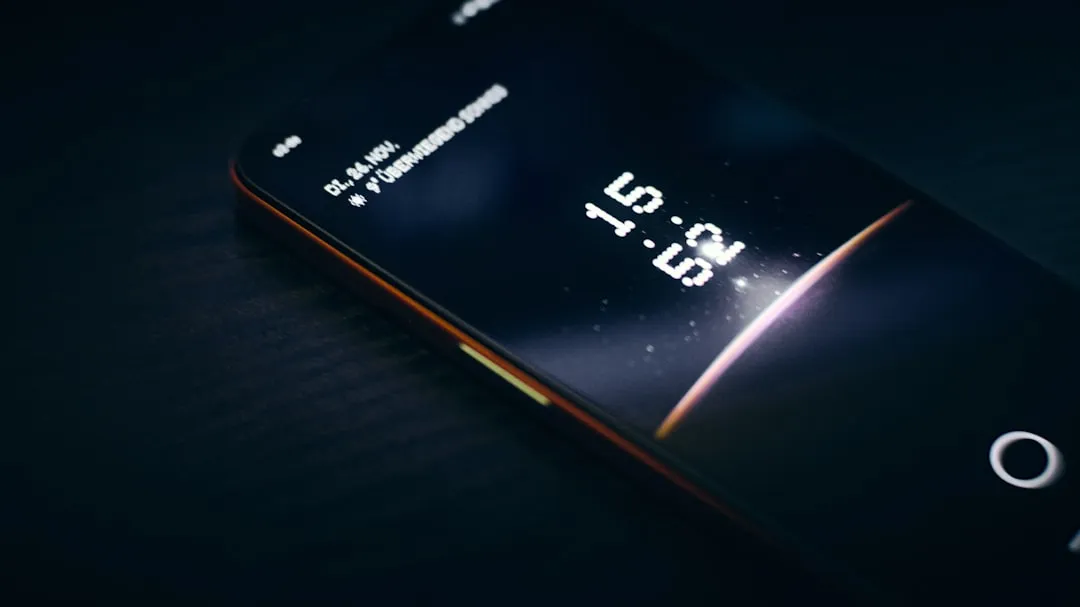

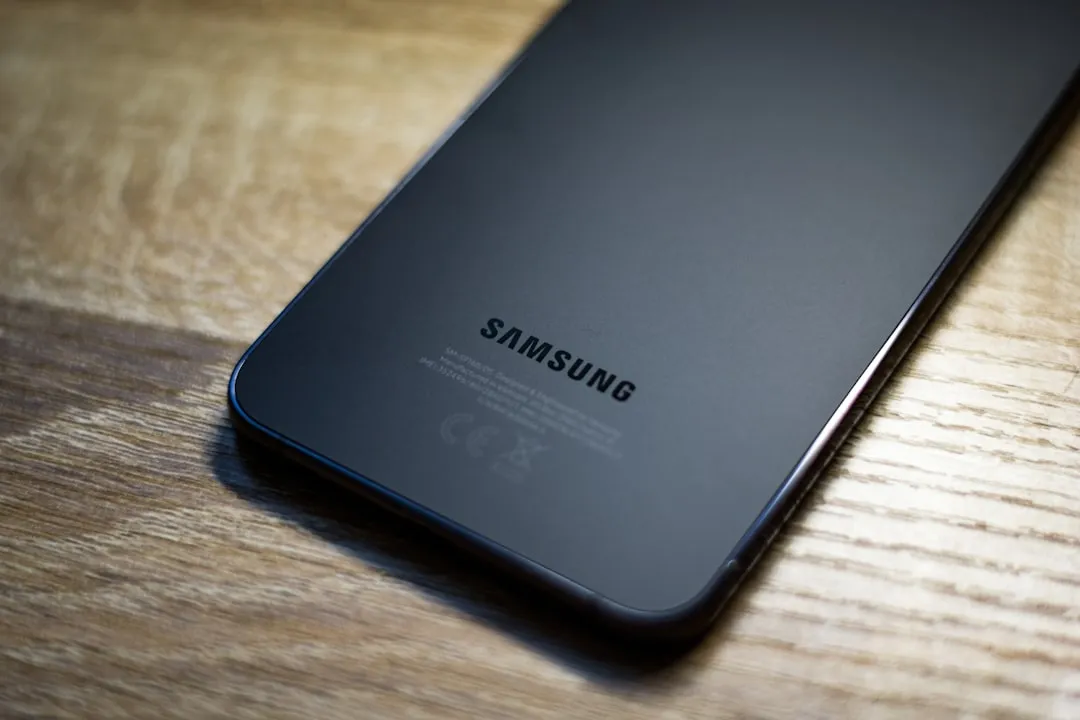

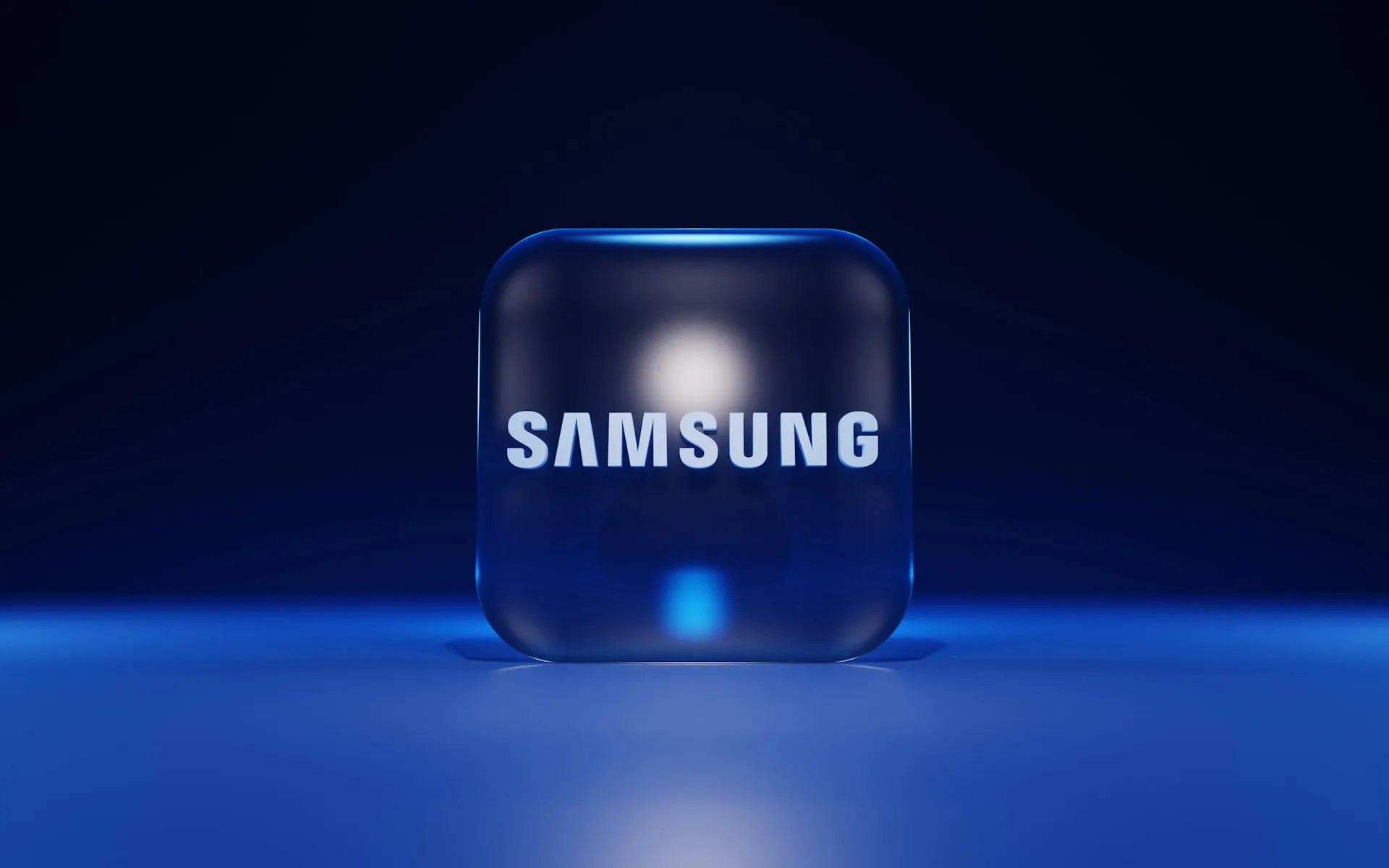


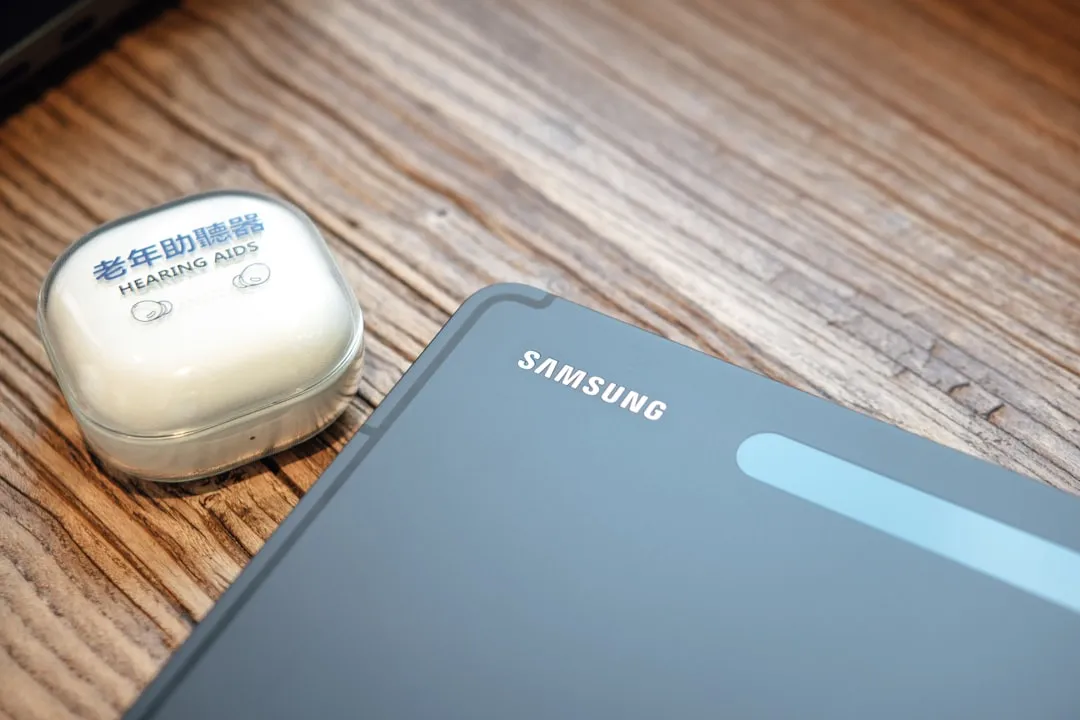
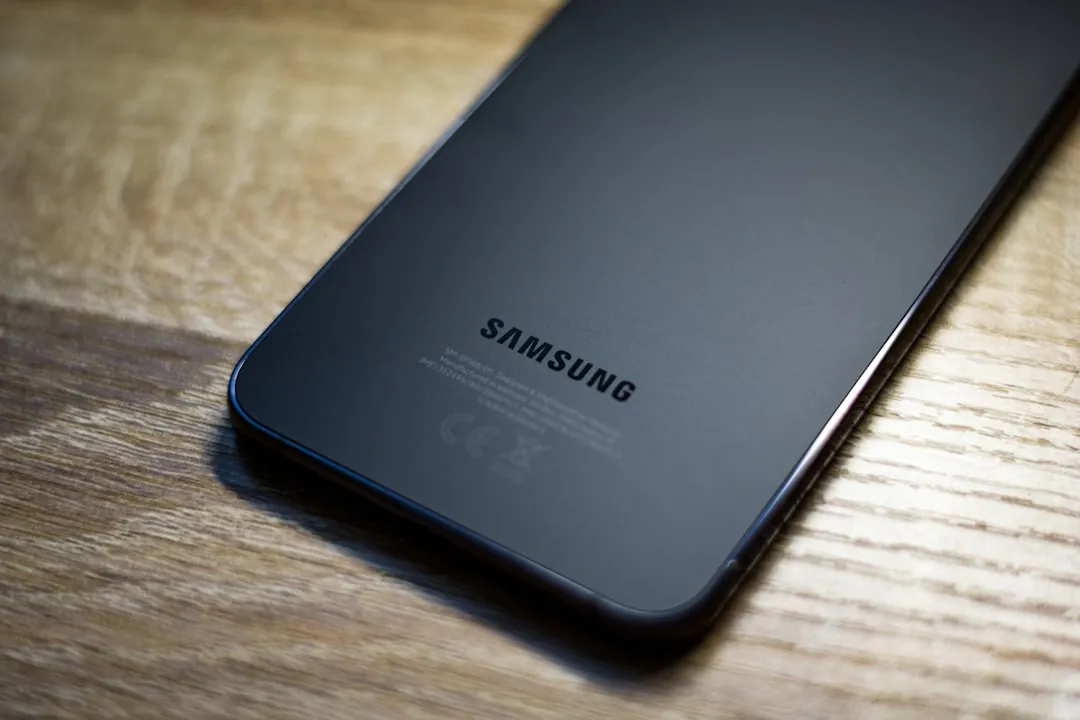



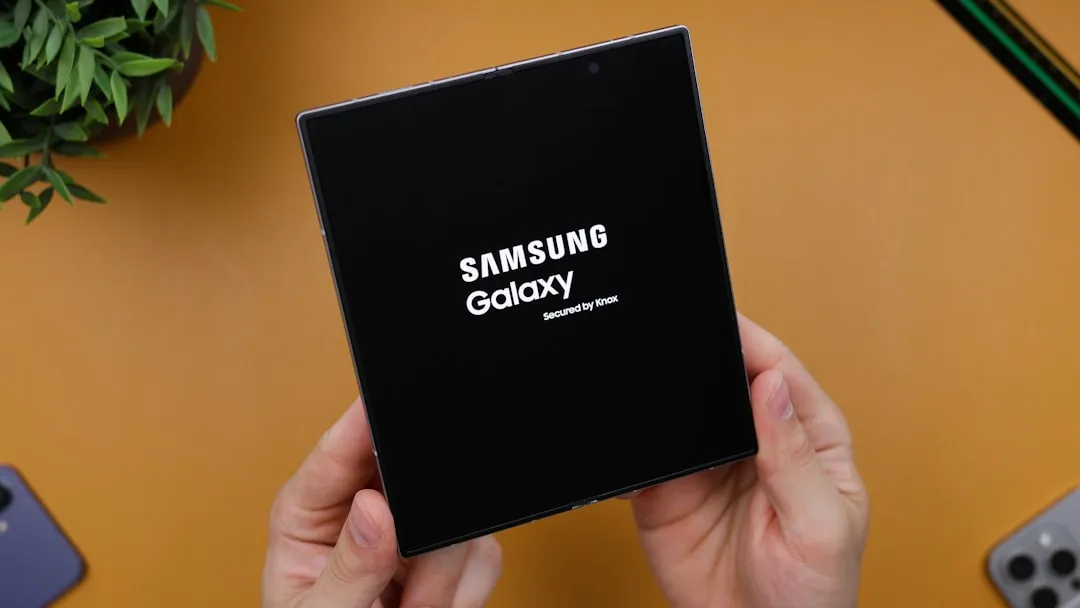

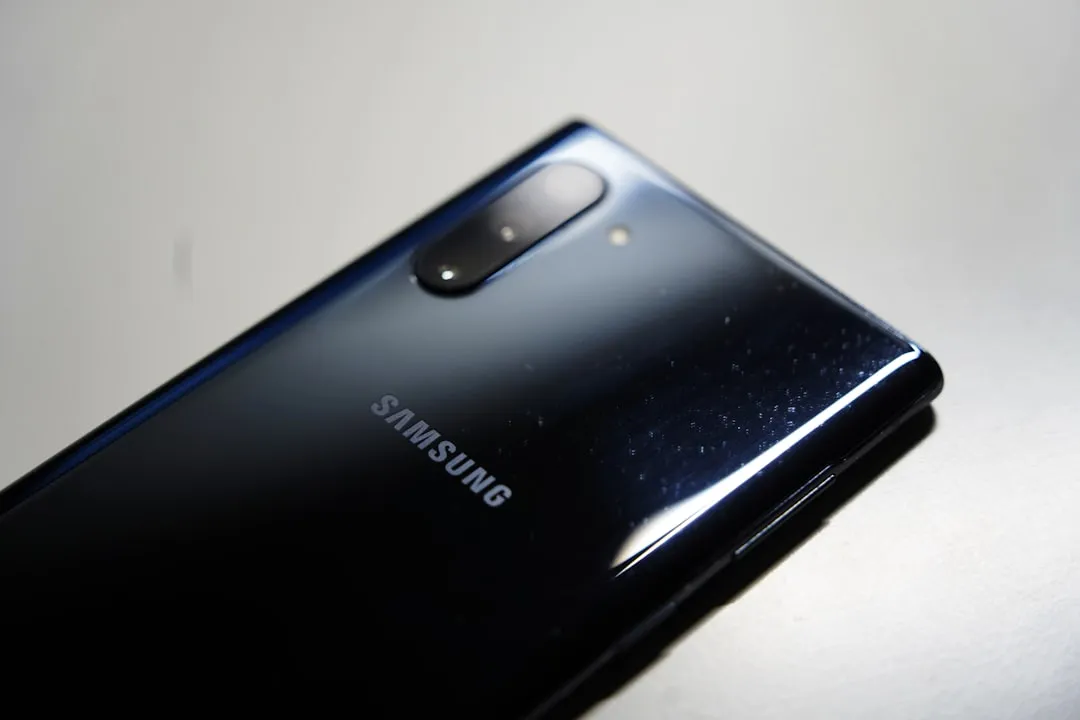
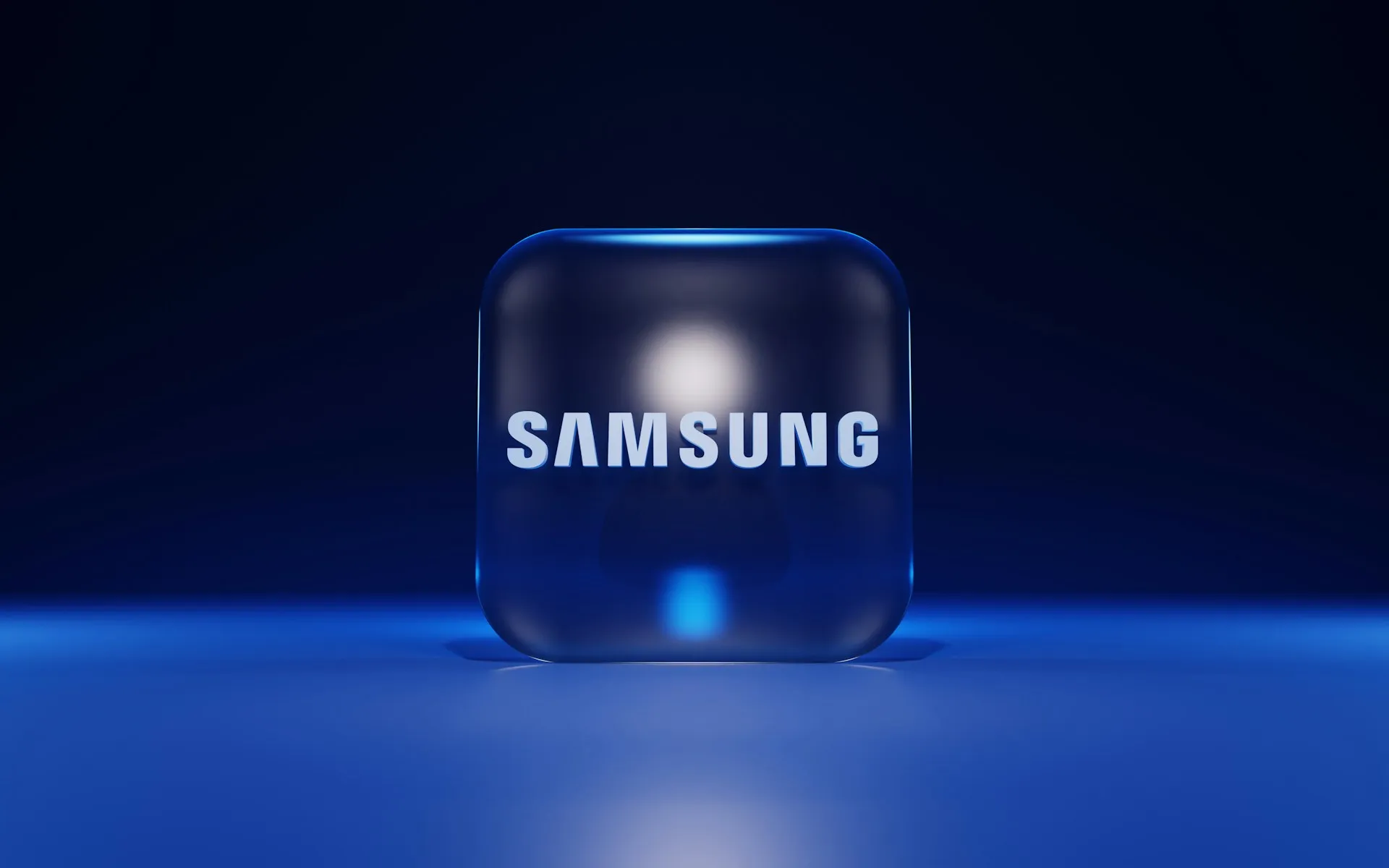

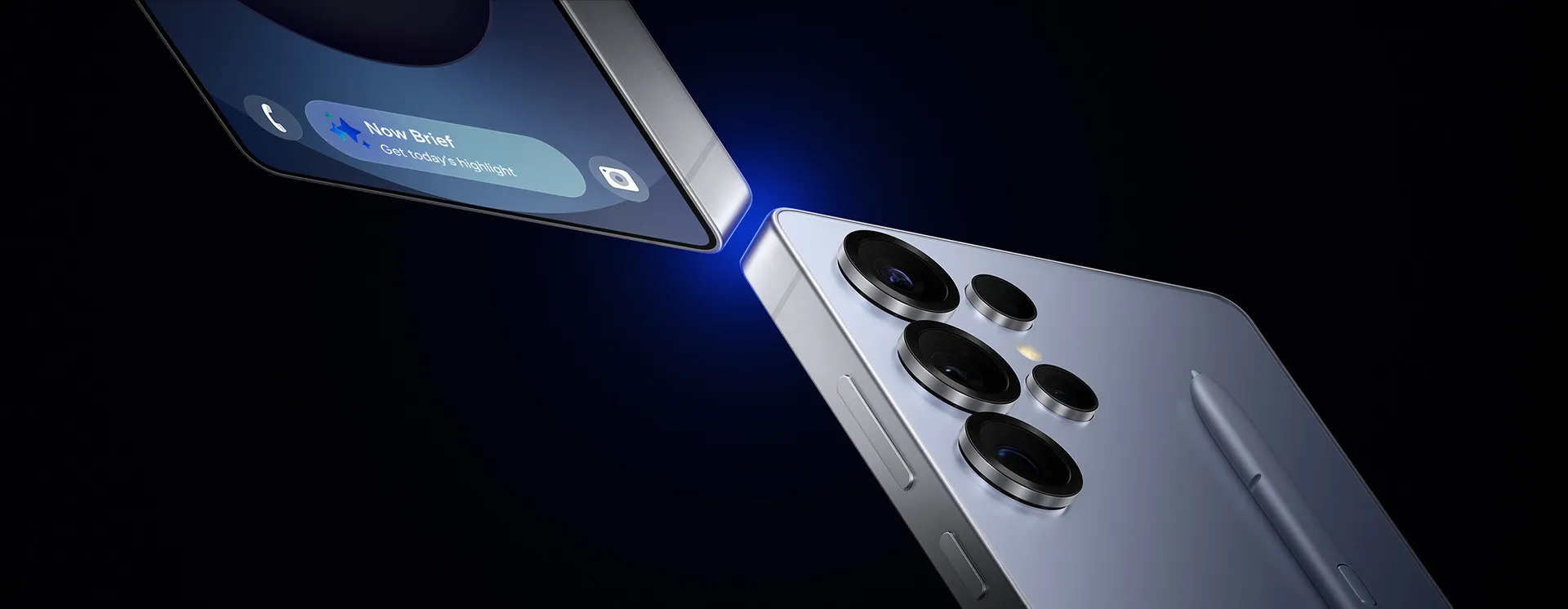

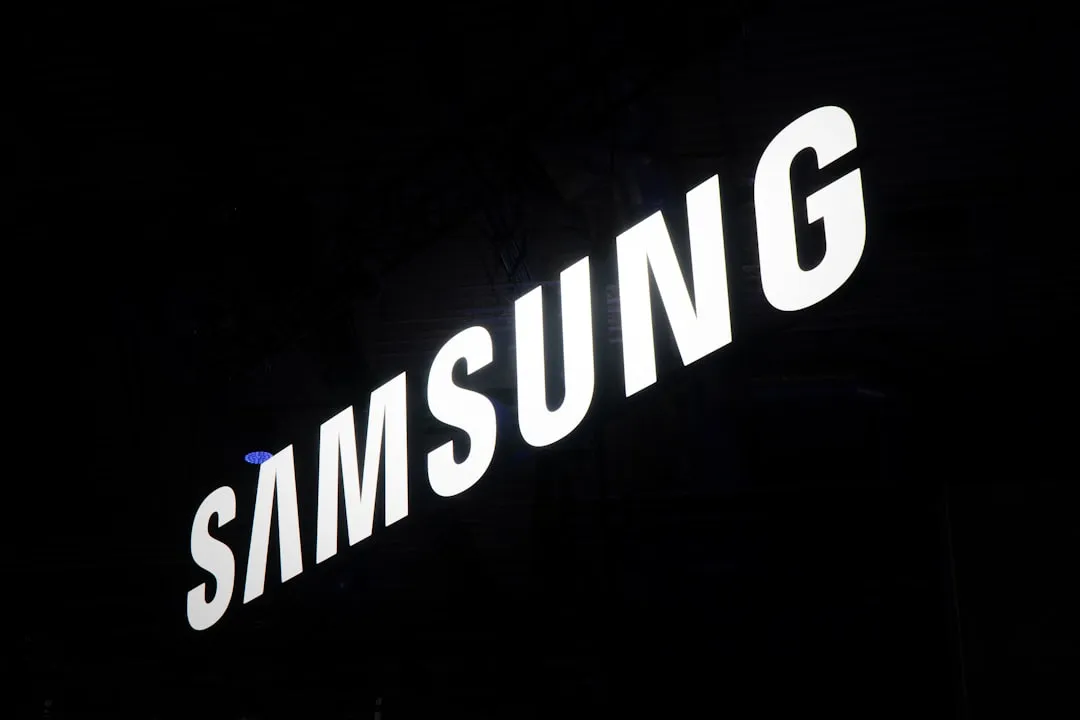
Comments
Be the first, drop a comment!